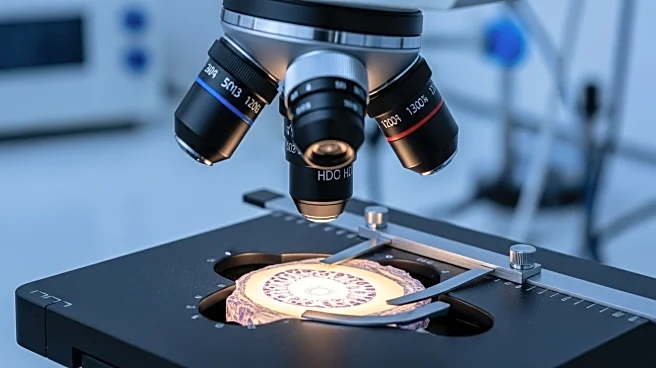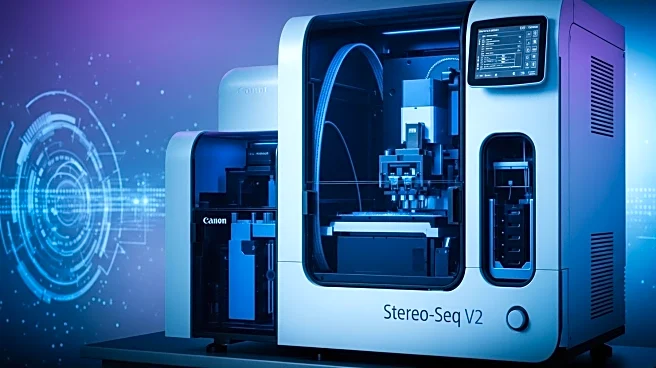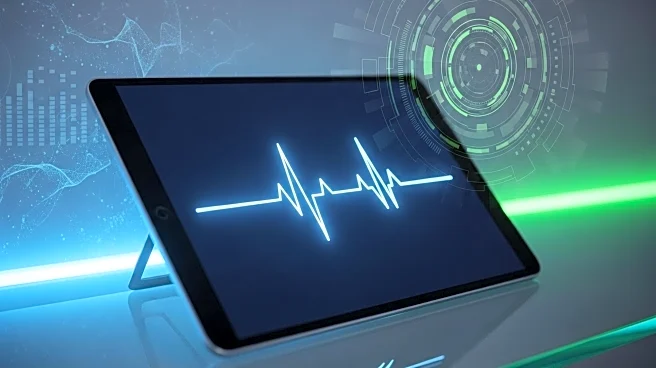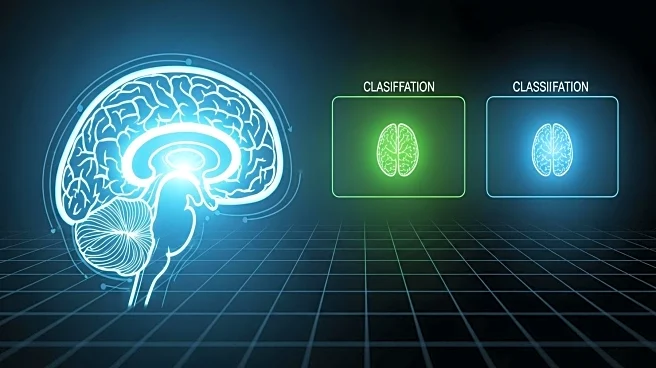What's Happening?
BGI-Research has published a new spatial transcriptomics method, Stereo-Seq V2, which offers high-resolution, single-cell level analysis of formalin-fixed, paraffin-embedded (FFPE) samples. This technology enables simultaneous in situ profiling of host and microbial RNAs, overcoming previous limitations in whole-transcriptome analysis due to RNA degradation and crosslinking. The method combines deparaffinization and decrosslinking with random-primed capture and uniform gene-body coverage, providing insights into infectious disease biology, tumor ecosystems, and clinical research applications.
Why It's Important?
The development of Stereo-Seq V2 is significant for the field of microbiome therapeutics as it enhances the ability to study complex interactions between host and microbial entities at a cellular level. This advancement could lead to improved diagnostic and therapeutic strategies for infectious diseases and cancer. By unlocking the potential of FFPE samples, researchers can access a wealth of archived clinical data, potentially accelerating the discovery of new treatments and vaccines. The technology may also facilitate better understanding of disease mechanisms and patient stratification.
What's Next?
BGI-Research's Stereo-Seq V2 technology is expected to be integrated into ongoing clinical research, potentially leading to new diagnostic and therapeutic approaches. Researchers may focus on expanding the application of this technology to other diseases and conditions, leveraging its ability to map host-pathogen interactions and clonal expansions. The method could also be used to refine antibody and vaccine development processes, offering a more precise understanding of immune responses in various diseases.
Beyond the Headlines
The introduction of Stereo-Seq V2 may have broader implications for personalized medicine, as it allows for detailed mapping of individual patient samples. This could lead to more tailored treatment plans based on specific microbial and host interactions. Additionally, the technology might influence ethical considerations in clinical research, particularly regarding the use of archived samples and patient data.











